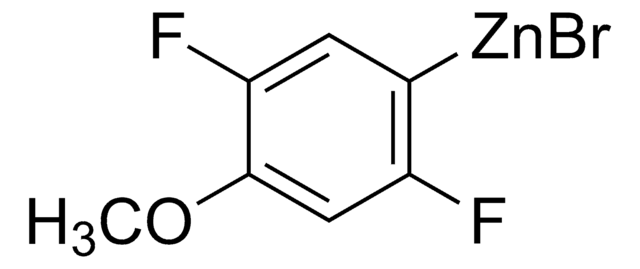W215902
Bornyl acetate
≥98%, FG
About This Item
Produits recommandés
Source biologique
synthetic
Qualité
FG
Conformité réglementaire
EU Regulation 1334/2008 & 178/2002
FDA 21 CFR 117
FDA 21 CFR 172.515
Pureté
≥98%
Activité optique
[α]20/D −41°, neat
Indice de réfraction
n20/D 1.4635 (lit.)
Point d'ébullition
228-231 °C (lit.)
Densité
0.985 g/mL at 25 °C (lit.)
Application(s)
flavors and fragrances
Documentation
see Safety & Documentation for available documents
Allergène alimentaire
no known allergens
Propriétés organoleptiques
woody; sweet
Chaîne SMILES
CC(=O)O[C@@H]1C[C@@H]2CC[C@@]1(C)C2(C)C
InChI
1S/C12H20O2/c1-8(13)14-10-7-9-5-6-12(10,4)11(9,2)3/h9-10H,5-7H2,1-4H3/t9-,10+,12+/m0/s1
Clé InChI
KGEKLUUHTZCSIP-HOSYDEDBSA-N
Informations légales
Code de la classe de stockage
10 - Combustible liquids
Classe de danger pour l'eau (WGK)
WGK 1
Point d'éclair (°F)
192.0 °F - closed cup
Point d'éclair (°C)
88.89 °C - closed cup
Certificats d'analyse (COA)
Recherchez un Certificats d'analyse (COA) en saisissant le numéro de lot du produit. Les numéros de lot figurent sur l'étiquette du produit après les mots "Lot" ou "Batch".
Déjà en possession de ce produit ?
Retrouvez la documentation relative aux produits que vous avez récemment achetés dans la Bibliothèque de documents.
Notre équipe de scientifiques dispose d'une expérience dans tous les secteurs de la recherche, notamment en sciences de la vie, science des matériaux, synthèse chimique, chromatographie, analyse et dans de nombreux autres domaines..
Contacter notre Service technique





